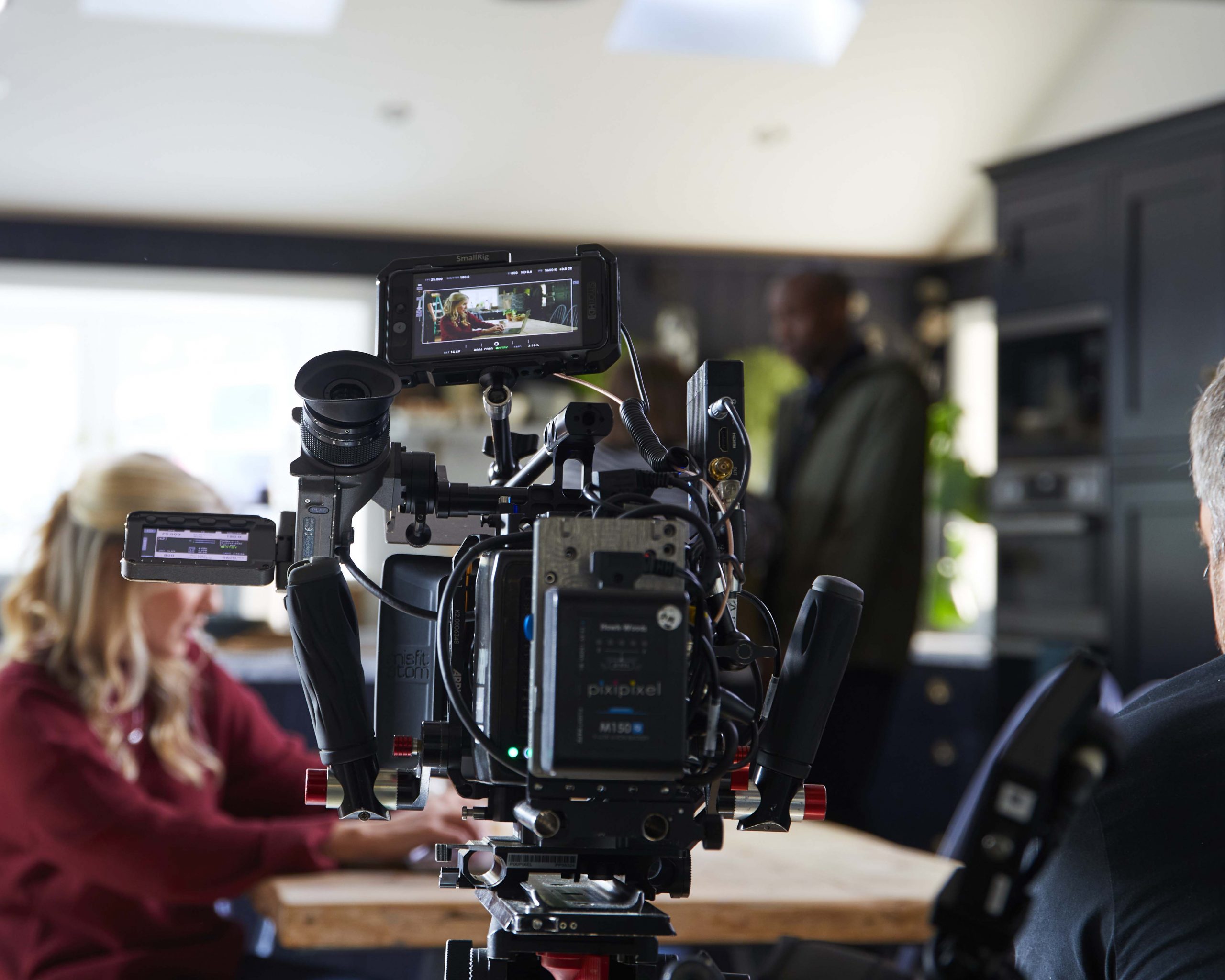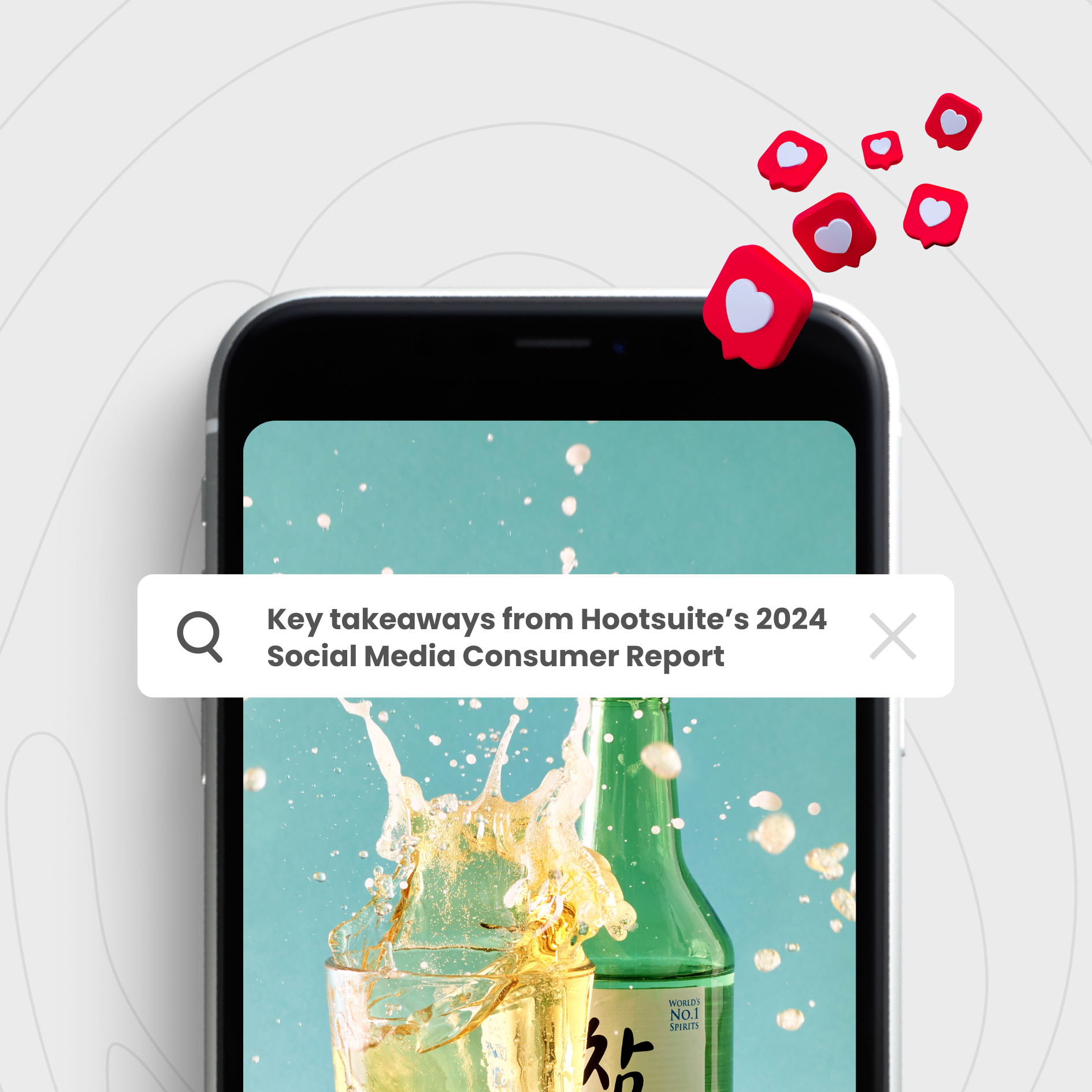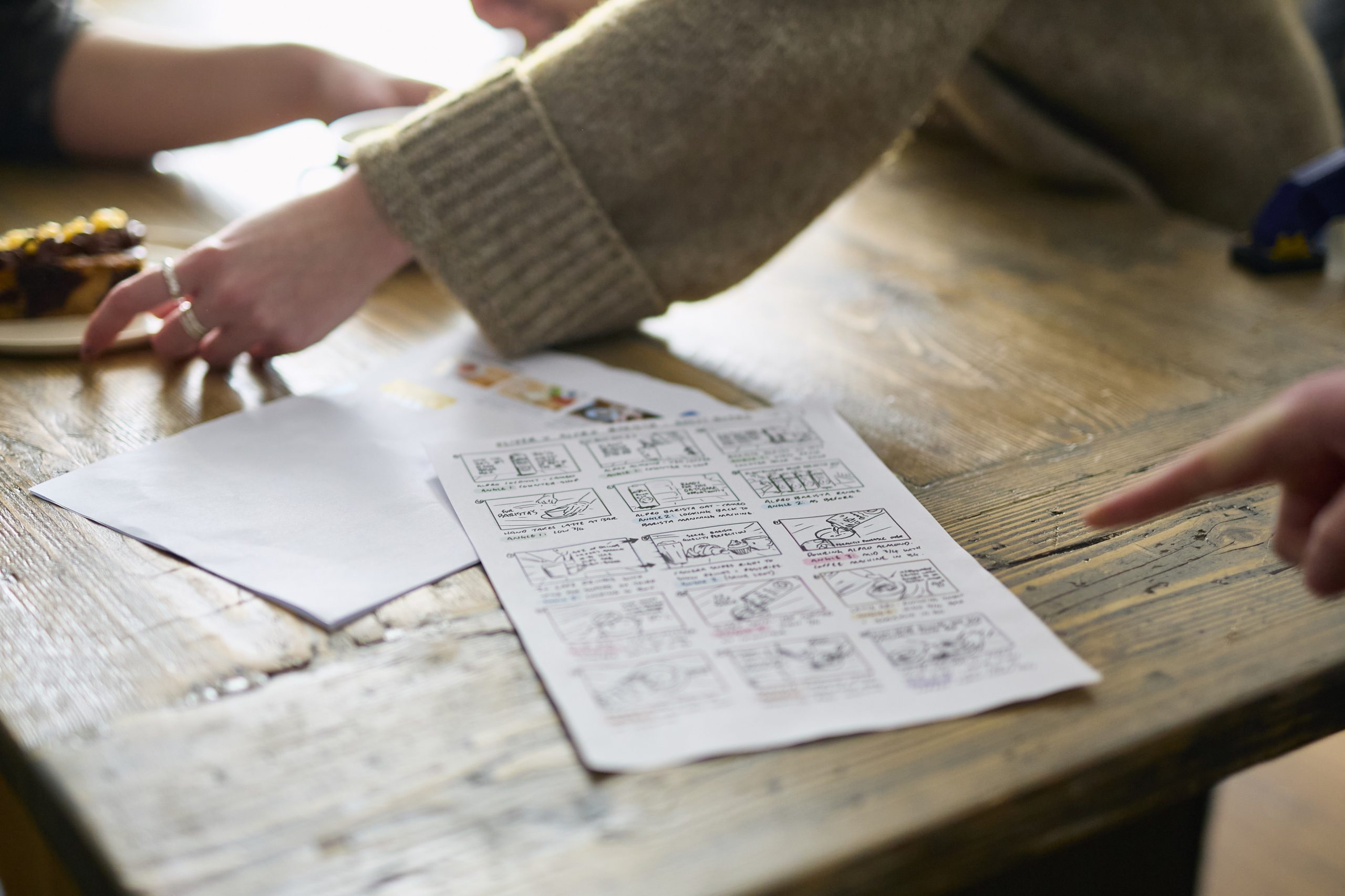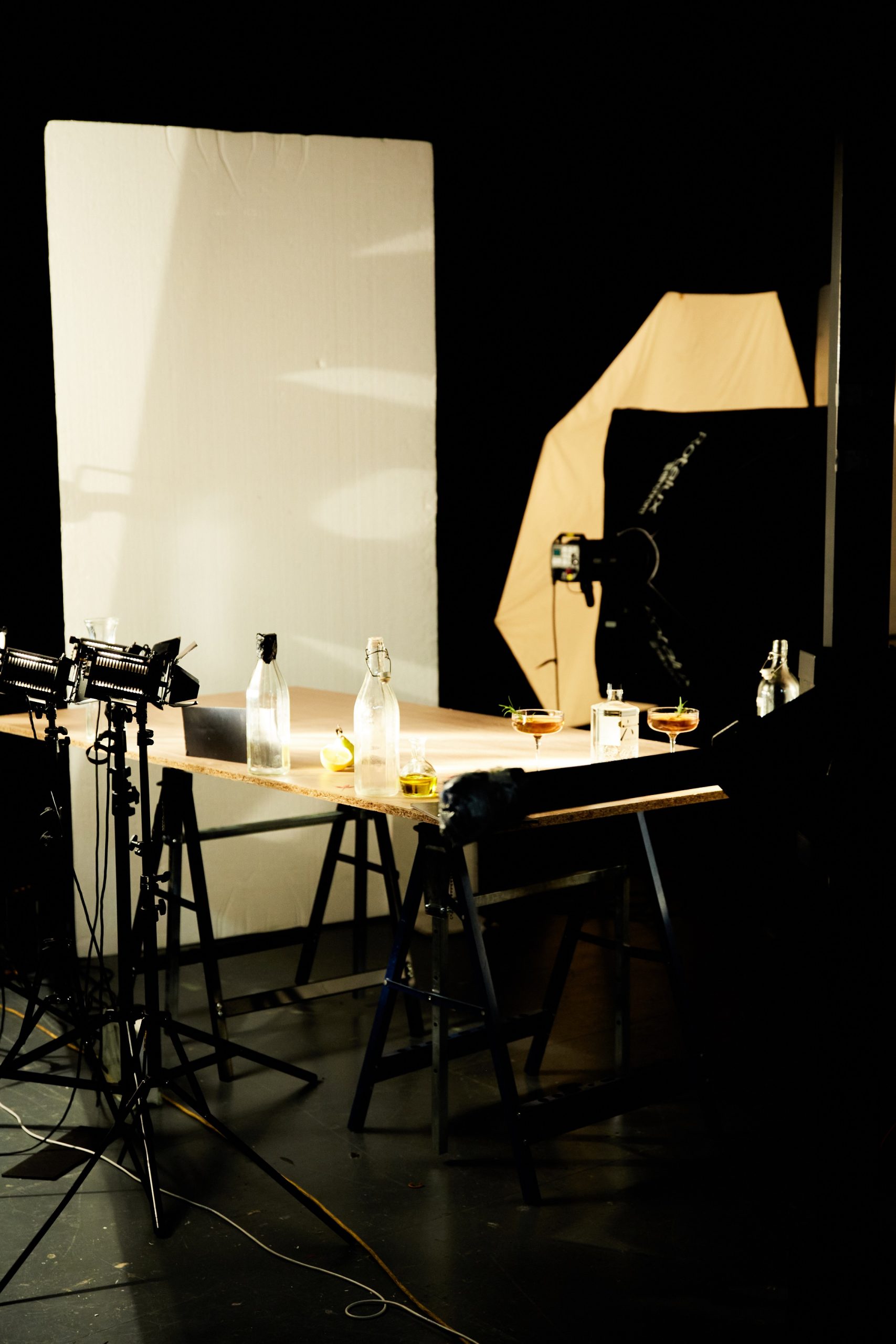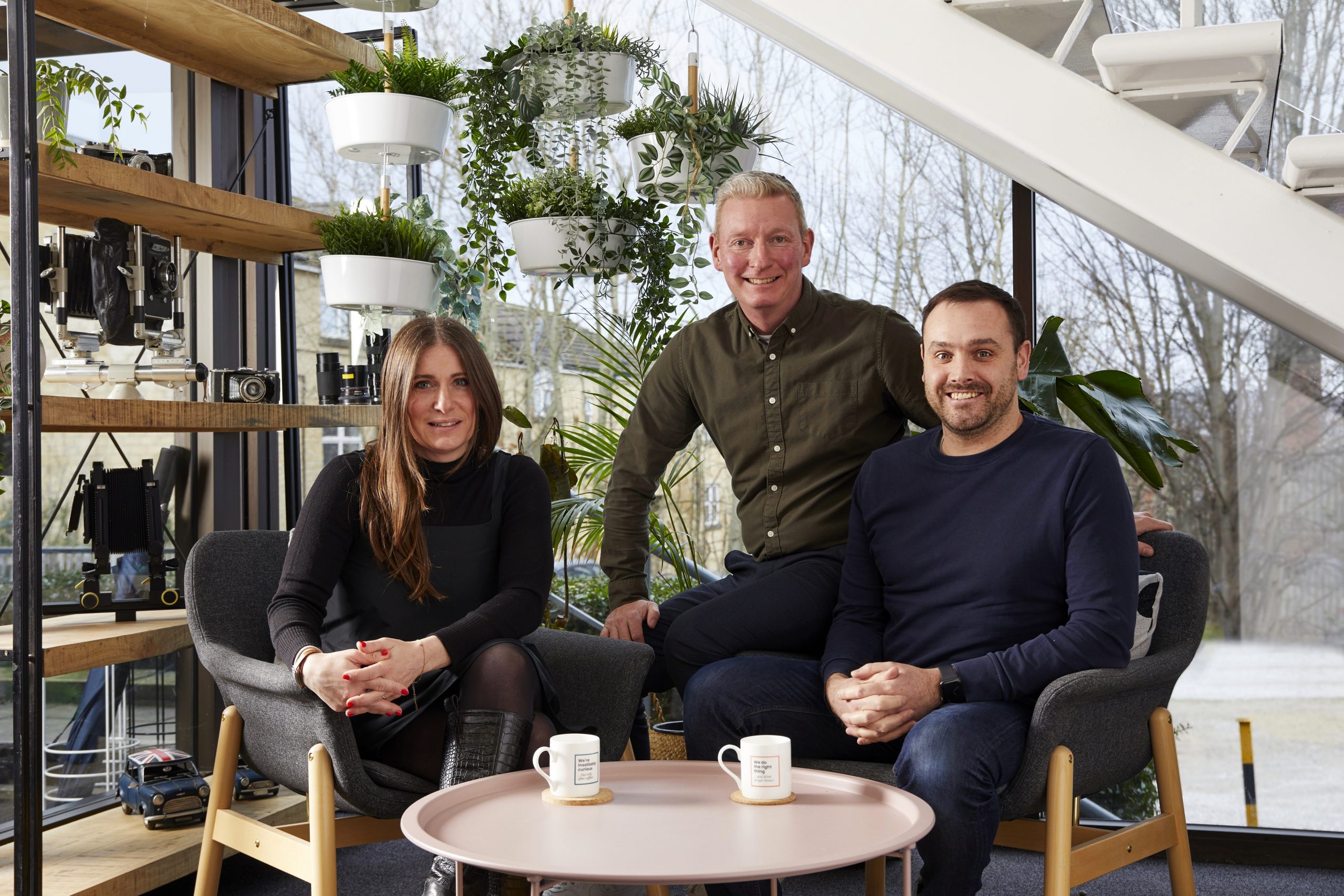The art of repurposing content for brand success
In an era where sustainability, personalisation, and creativity are the true measure of ROI; the marriage of these concepts in content creation holds remarkable potential. Across the globe, brands are grappling with how to authentically integrate ‘asset recycling & reuse’ into their content planning strategies without simply repeating themselves.
This endeavour is more than just a checkbox for sustainability, it’s a pathway to heightened efficiency and ROI.
About this post
Published
Author
September 12, 2023
Incorporating ‘asset reuse’ into your content planning involves reimagining how you capture content in the first instance, and reusing existing materials, turning them into fresh, compelling, and original narratives. From visuals to infographics, videos to written content, every piece of your brand’s creative arsenal can be repurposed, targeted further, and given a new lease on life.
Let’s dive right in and explore the hidden benefits of this approach:
A sustainability enabler
At its core, this process significantly reduces the need to constantly capture entirely new content, minimising resource consumption and carbon emissions.
Whether it’s less paper for print materials, reduced need for travel, set builds, props and crew, fewer physical products with carbon-intensive manufacturing processes and less digital assets hosted on energy-intensive servers; the impact is substantial. It’s a tangible step toward mitigating unnecessary emissions.
(All of which comes with huge financial advantages too).
A path to fresh perspectives
If you asked us, we’d say the true magic of asset reuse lies in its ability to ignite creativity and innovation. When you revisit existing materials, you’re not limited to replication; you have the chance to transform them into something entirely new. By really analysing your assets from different angles, you might stumble upon fresh insights and novel interpretations that breathe new life into your content! Our processes for how we handle content editing, manipulation, and storage are always non-destructive, allowing our creatives to tweak and personalise every aspect of the visual content for local markets, reactive comms, and personalised context. This can then be automated to align with scalable DCO distribution.
Consistent brand messaging
Consistency is key, and repurposing assets guarantees a harmonious brand message across all your campaigns and channels. Yep… I said it!
This consistency reinforces brand identity and recognition among your audience – regardless of where they engage with you, they’ll find the same authentic tune that is unmistakably you.
Optimised SEO
Updating and republishing existing content can also be a hidden gem for SEO optimisation. It’s a low-effort, high-impact strategy that turbocharges your online presence without the need to start from scratch. Talk about an easy win!
Story evolution
We get it—brands evolve, industries shift, and narratives morph. By repurposing your content you can align with these changes, ensuring that your story stays relevant and engaging. This adaptability not only safeguard but also showcases your commitment to staying in tune with your audience’s (ever-changing) needs.
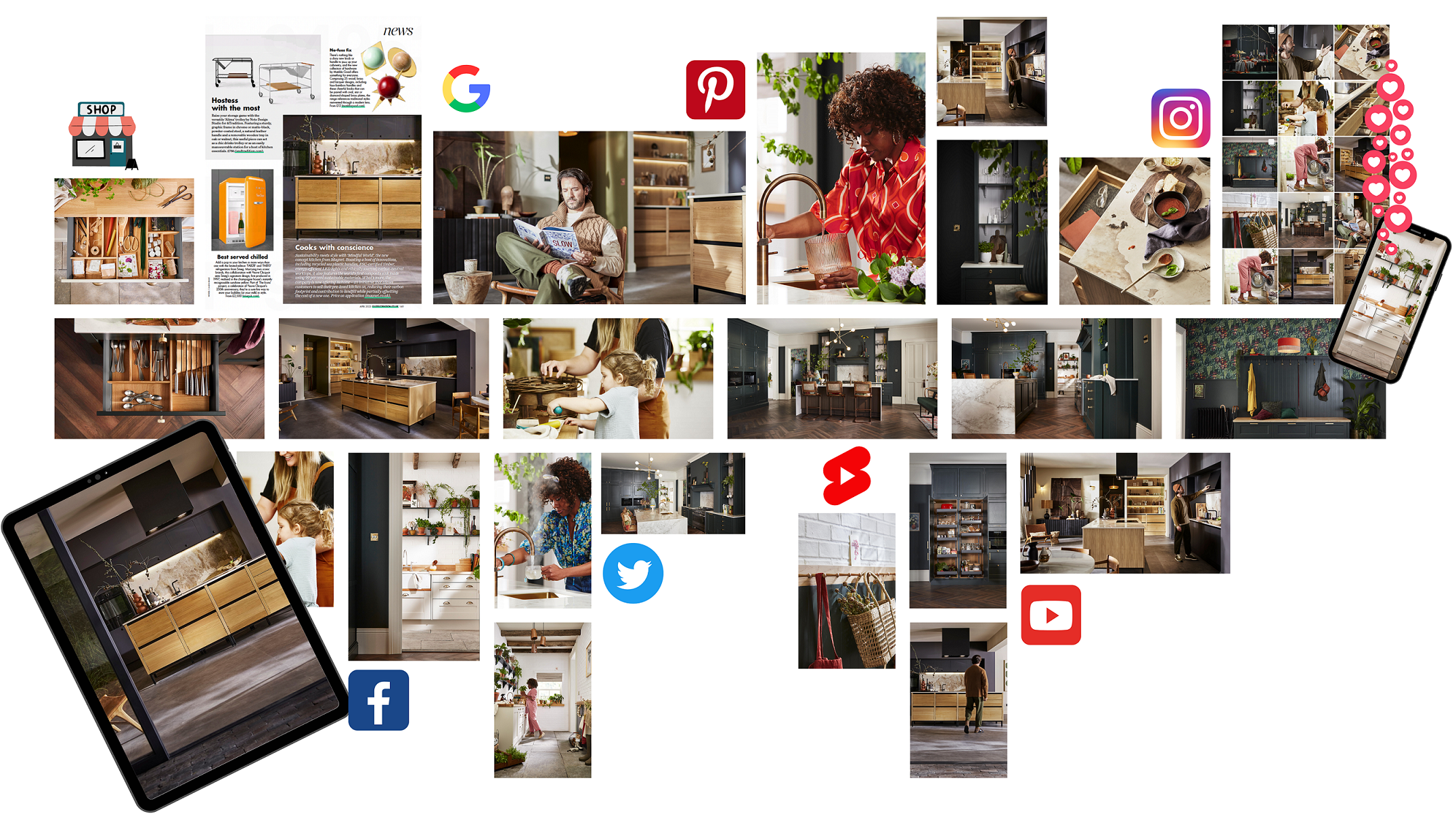
Where to start
Feeling inspired yet? Let’s lead you in the right direction.
The importance of early planning
To harness the full potential of asset reuse, you should reeeeally be integrating this approach into your content planning well in advance. Waiting until the last minute limits the time available for creative strategy, creative exploration, and content branching. Here’s how you can proactively embrace this approach:
- Add ‘creative branching or creative strategy’ to EVERY brief: Campaigns are great, but what’s after that? Using a keen creative, digital, and production team to evaluate further potential, in ideation and development yields the greatest potential. If it’s seasonal – can you make the assets evergreen?
- Ingest well: It seems simple, but ingesting and digitising assets appropriately will save you time and money later on.
- Catalogue and categorise all assets: Maintain a comprehensive catalogue of all your brand’s creative assets, from images to videos to written content. This database (DAM) serves as a treasure trove for potential repurposing opportunities. And let’s get smart about how we do this! AI computer vision tools, DIT on and offset, and Digiterians are standard practice for our large volume content capture teams now. We need to be able to find what we have and use it once we do!
- Regular audits: Conduct periodic audits of your asset catalogue. Evaluate which materials have the potential for adaptation and which can be combined to create new narratives.
- Cross-campaign connectivity: Encourage collaboration between different teams working on various campaigns. Assets from one campaign might hold untapped value for another, fostering a culture of shared resources and creativity. What are the PR team up to? Can the Product team support their demand for assets?
- Creative freedom: Empower your teams with the freedom to experiment with existing assets. Encourage them to look beyond the obvious and explore unconventional ways to present info.
- Long-term strategy: Last but not least, incorporate asset reuse into your long-term content strategy – this is SO important and 90% of the time gets overlooked. Outline how existing materials can be repurposed for future campaigns, ensuring a continuous cycle of sustainability and innovation.
The journey toward a greener and more imaginative content creation process sure starts with the recognition that existing assets hold immense potential for brand success…
